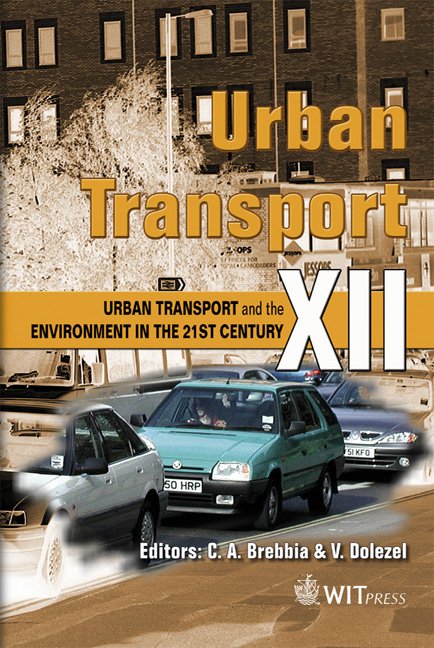Relative Safety Of Alternative Intersection Designs
Price
Free (open access)
Transaction
Volume
89
Pages
10
Published
2006
Size
405 kb
Paper DOI
10.2495/UT060381
Copyright
WIT Press
Author(s)
L. C. Wadhwa & M. Thomson
Abstract
Accidents at intersections in Queensland accounted for 45% of total accidents and 19% of fatal accidents on the State roads in 2002. The number of accidents at intersections is purported to be primarily correlated to the number of conflict points but geometric characteristics also influence intersection safety. Queensland Transport database of reported accidents over the past ten years has been used in this study to investigate the contribution of intersection design and characteristics on the relative safety of intersections. Queensland Transport’s road crash database, WebCrash2, has been used to analyse the accident records at intersections in the Townsville region. The detailed analysis has included road user, vehicle type, collision type, BAC, use of seat belt and intersection type. Considering the common variations in the number of approaches, entry and exit lanes, type of control, phase design for signalisation, the road environment and other features like flaring, channelisation and signage, each intersection is peculiar and unique in some way. However, research has been focussed on three main types of intersections. These include T junctions, cross intersections and roundabouts. Three levels of control are also considered. The objective is to relate the intersection safety to the number of conflict points, conflict types, and intersection geometry. The results show that roundabouts are the safest types of intersection while uncontrolled cross intersections are least safe. The level of safety decreases with the increase in the number of approaches and the number of conflict points. Keywords: intersections, signalisation, roundabout, safety, conflict points, intersection control, accident analysis.
Keywords
intersections, signalisation, roundabout, safety, conflict points, intersection control, accident analysis.





